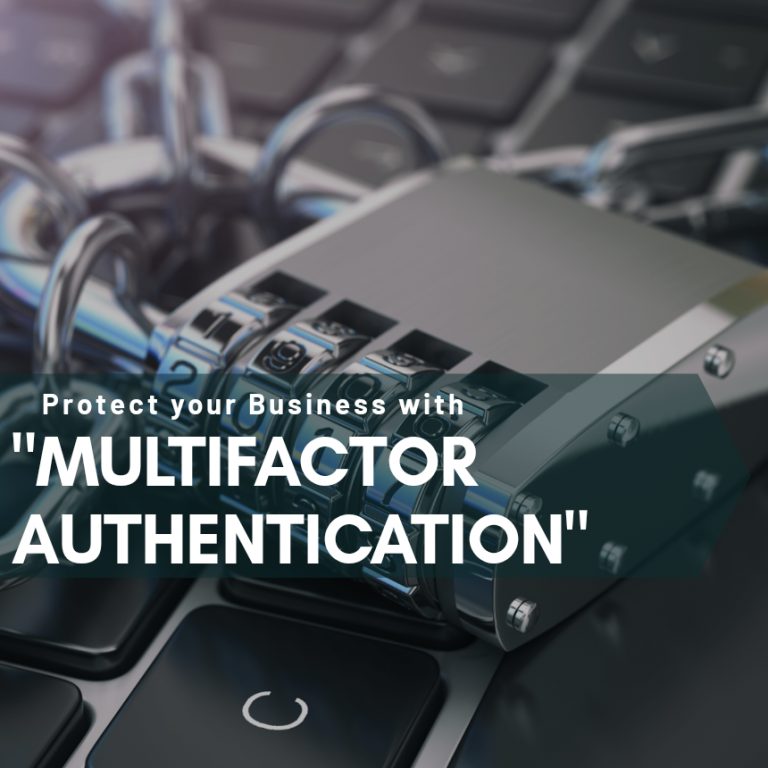
Across all industries, enterprises of all sizes are rising up to the fact that there are crucial gaps in their cybersecurity strategy. When 80% of breaches are caused by compromised, reused, and weak passwords, businesses need to focus on putting a more powerful security foundation in place that improves poor security hygiene without slowing down employees. When it comes to restricting unauthorized access, one of the most potent technologies is multifactor authentication that a business can invest in.
Related: Infrastructure Cyber Security: Repels Cyberthreats
If your company has a limited budget or resources, you must be extremely strategic about funding in security solutions?
Multifactor authentication protects an account with:
- A “knowledge factor” like a password.
- A “possession factor” like a security key or phone.
- An “inherence factor” like biometrics.
Even if a password is stolen, attackers can’t access an account without all the required factors.
Two-factor authentication(2FA) is one of the many forms of MFA. Most people are aware of two-factor authentication because there are numerous popular consumer 2FA apps like LastPass Authenticator and Google Authenticator that integrate with personal services like social media, email, banking, and cryptocurrency.
Related: Protect Your Business From a Cyber-Attacks With ONPASSIVE
What types of multifactor authentication are there?
Multifactor authentication comes in various forms. The technology has been there for many years, and there are more options to choose from than ever.
The most common methods are:
- Hardware tokens
- SMS text and voice codes
- Push notifications
- Software tokens
- Biometrics
- Adaptive
It’s eminent that MFA is at the heart of the future of security. From a business viewpoint, the cost of executing this security strategy far exceeds the outrageous value of a full-on data breach. Successfully executing it requires careful deliberation of the following three steps:
Prioritize ease of use:
It’s essential to remember that a security measure is only as effective as the people who use it. Roughly 52% of adults said that they prioritize convenience over cybersecurity. If your authentication process is too complicated, people will avoid using it, and that’s counterproductive.
For example, Google has supported multifactor authentication for years, and in the past, signing in from a new device needed manually entering a code through text message or an authenticator app. Now, users can approve login attempts by just tapping their phones after receiving a push notification.
Vet vendors:
It is for sure that you want your security solution to be controlled, well, securely. That means you are required to be able to trust the vendor providing it. You can ask prospective vendors to measure their abilities and their fit with your needs.
First and foremost, inquire about what kinds of security practices they take themselves. If a cybersecurity provider doesn’t follow the best practices internally, most probably, they won’t follow them externally.
Secondly, find out the business’s general approach and trustworthiness. Have any complaints been lodged against the company? What are the other customer’s reviews about the service? Looking for references as well as licensing information and the Better Business Bureau’s assessment of the firm.
Determine uptime:
An easy-to-use and secure system go as far as your employees not having to worry about whether they’re able to access it while on the job. Hence, reliability must be a top priority, too.
An unreliable Multifactor authentication system can immediately paralyze businesses if employees aren’t able to access the resources they need to accomplish their jobs. Your MFA system should guarantee a high level of uptime of 99% or better.
Few businesses may be obliged by law to have a Multifactor Authentication system in place for the type of service they provide or the industry they operate in. As a business leader, you should learn how it works, how it’s developing, and whether it makes sense for your organization.


